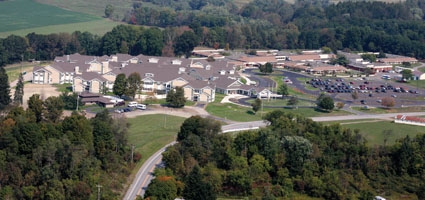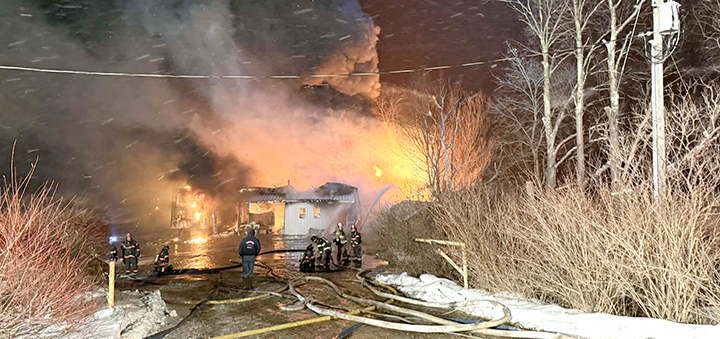Fate of former vets’ home still grim
OXFORD – A Homes for Heroes bill that would set aside $200 million to help the nation’s communities and veteran’s groups build, rehabilitate or purchase housing structures for homeless veterans is still in committee.
Local supporters of the formerly vacated New York State Veterans’ Home in Oxford have held high hopes that the bill could help save it from the wrecking ball. They say less than $2 million would be enough to renovate and rehabilitate the 31-year-old structure for such a purpose.
Residents and management have been operating out of a newly completed and expanded, $70 million New York State vets’ home next door since the beginning of the year. It is the third veterans’ home built over the years at the same county Rt. 32 site.
A spokesman for U.S. Senator Charles Schumer, Binghamton-NY, said Friday that the Senator “is doing whatever he can to get it out of committee and passed.”
The Homes for Heroes bill has 14 sponsors, including Schumer, and was being considered under the budget for defense last year. It is currently part of the Senate’s budget process and could be attached to regulatory reform measures that are being considered for the financial services industry.
“The bottom line is that the bill is still in committee, but there are a couple of options to get it enacted into law. We’re pursuing all of them,” said Max Young, press secretary.








Comments